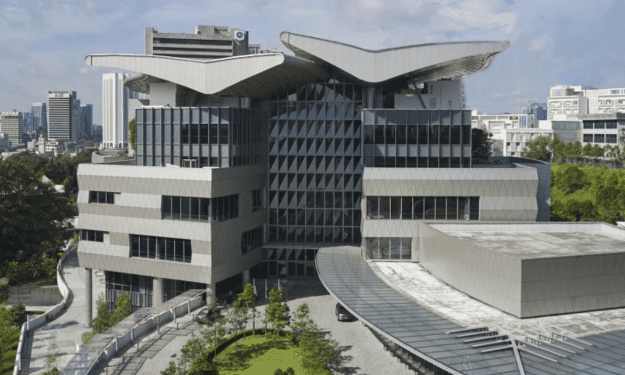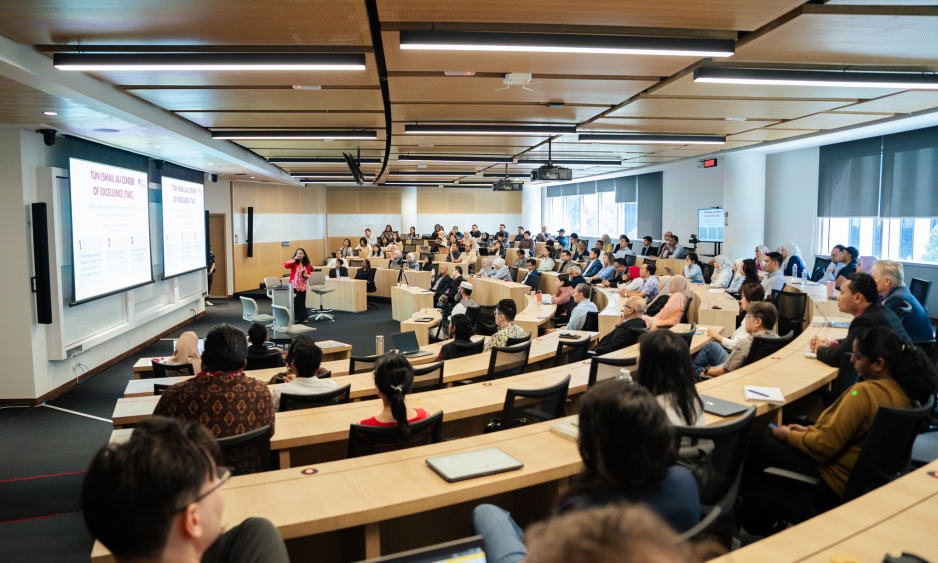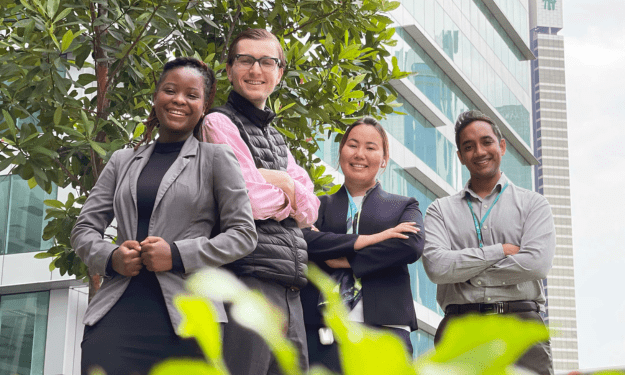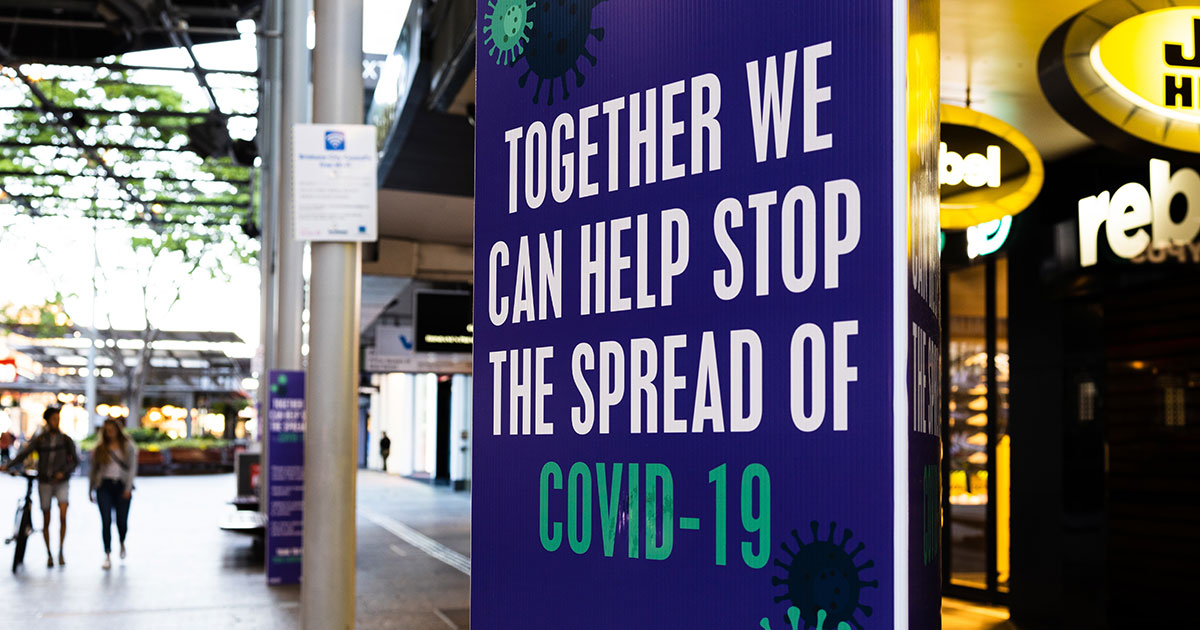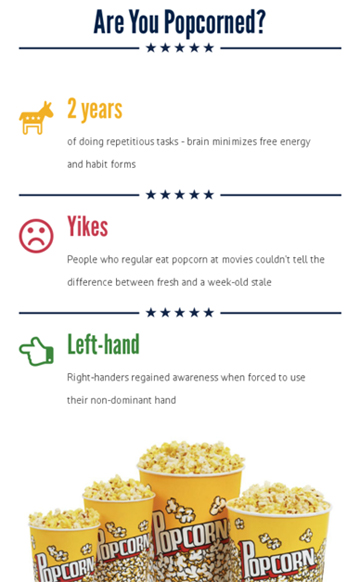Building brand-customer relationships and driving brand transformation in the wake of Covid-19 is essential
Covid-19 has accelerated the digital disruption, changed the way businesses interact with their customers, and increased the need for businesses to move interactions online. During the recent period of lockdowns, customers have massively embraced these digital channels. And the growth numbers are staggering. Just two to illustrate: global digital sales are up +36% compared to 2019 (Salesforce.com, 2020).
Beyond B2C, in B2B the shift is remarkable: with 70 to 80 percent of B2B decision makers preferring remote human interactions or digital self-service over in-person interactions (McKinsey & Company). So how does Digital Age brand transformation play out for brands and branding? Firstly, as more customer and company eyeballs move online, the war for their attention is intensifying.
The advertising industry hit hard by Covid-19 sees the advertisers shift from traditional media to digital. Digital advertising spending is estimated to have increased year-on-year by 6 percent in 2020, according to WARC data, and presently accounts for more than half of all global ad spending. But branding and brand transformation in the Digital Age goes beyond employing new media channels. There are more fundamental strategic considerations to think of.
To empower companies to navigate the challenges of branding and marketing themselves in a digital world, Professor Willem Smit, Assistant Professor of Marketing at the Asia School of Business and an International Faculty Fellow at MIT Sloan, teaches a range of executive education and MBA courses on marketing strategy with a special focus on digitalization and internationalization of brands.
“We live in a changing, uncertain, and increasingly polarized world,” said Professor Smit. “We live in a branded world, where brands need to continuously seek to engage better with people who have changing needs and desires, and respond to changes to stay relevant. Brands and change cannot be seen in isolation – they are connected,” he added. “Moreover, strong brands are in a position of leadership and can or even must lead positive change and transformation. They must have a purpose. One that fits them.”
The dilemma of brand transformation in the digital age
How can brands use digital to build their strength and Brand Purpose to do good? With digitalization, Professor Smit explains, there is more information readily available, including more alternatives that are just a Google search away. A more equal and competitive playing field is created where local brands can delight customers just as well as global multinationals.
However, while technology brings new opportunities, it also presents a challenge. The sheer amount of data points for customers to judge brands by can be overwhelming, pushing customers to rely on trusted brand names and heuristics. This is where branding comes in. According to Professor Smit, “Many businesses find brand transformation a challenge in the digital age.
The dilemma of branding in the digital age is that unlike branding in the past, which you could carefully shape and craft, branding online requires a handover of brand ownership to your customers. It’s almost impossible to control what people say about you in user-generated and co-created content, from reviews to fan posts, and requires a shift to a more collaborative mindset.”
“Many people are excited about new technology, but are wary of not being able to control it. Amid privacy concerns and the reliability of online information, the importance of brand trust has never been greater. Brands who understand this and can build strong relationships digitally will be able to overcome the challenges,” he added.
Helping brands in emerging markets succeed on the frontier of change
Professor Smit brings with him a wealth of experience in global multidisciplinary marketing since earning his doctorate in Marketing from the Erasmus University in Rotterdam, the Netherlands in 2006. He joined IMD as a research fellow and began lecturing at the Université de Lausanne for several years, before moving to Asia in 2011 and holding various positions at Singapore Management University (SMU) the National University of Singapore (NUS), the MIT-affiliated Malaysia Institute for Supply Chain Innovation (MISI), and Hult International Business School in Shanghai.
While in Asia, Professor Smit’s exposure to brand transformation and brands at the forefront of change in emerging markets lead him to launch the ALL-ASEAN brands report in 2017 which surveyed 2,645 brands to understand how ASEAN brands are managing the digital disruption and which brands are leading in making ASEAN a more integrated marketplace, to share trends and best practice.
In the upcoming 2021 report, research on 4,153 different brands strong in ASEAN social shows a very interesting development: “ASEAN is witnessing a Cambrian explosion of new homegrown brands. Many of them have adopted digital to build their homemarket base. Yet, whereas ASEAN continues to integrate as markets, still only a very selective group succeeds in engaging consumers from neighboring markets, outiside of home.”
In addition to his teaching and research, Professor Smit is a prolific marketing practitioner and advises management teams and boards on strategy, marketing, and brand transformation. During his almost 10 years in Asia, he built a 700+ member community of junior brand managers, called So-You-Think-You-Can-Brand.
He also created a hands-on digital program for both MBA students and executives, where mixed student-employee teams collaborate to improve the digital marketing strategies of participating companies through a series of “hacks” implemented during the course itself.
Professor Smit’s experience translates to his hands-on classroom approach in teaching on topics such as:
- What makes a brand strong?
- Creating meaning-driven brands (with a purpose)
- Measuring brand equity and brand success
- Conducting a brand audit
- Identifying growth opportunities: Brand extensions and internationalization
- Making brands smarter: new tech and storytelling approaches
In his classes, case studies featuring brands from Asian and emerging markets are plentiful, from Pinkfong’s viral Baby Shark to Samsung alongside international brands like HubSpot and Aqualisa. Additionally, through practical exercises applied to participants’ own brands, participants can learn from peer brands throughout the region as well.
Bringing marketers and top leadership together to create brand value
For brands to thrive in a digital age, marketing and branding must be a core part of the corporate agenda, argues Professor Smit. Instead of viewing marketing as a service or cost center, it is imperative for firms to view marketing as a strategic and innovative function.
Through attending Professor Smit’s courses, current and future CMOs and marketing specialists will be armed with the knowledge and experience to make marketing and branding a key topic on the corporate agenda and drive brand transformation, while top management and board members will be better informed to make strategic marketing investments and decisions.
“Learning to understand each other’s perspectives and cater to each other’s priorities is the key,” said Professor Smit. “Marketing managers need to demonstrate the strategic value of marketing to the firm, and board members and top management need to understand marketing and ask the right questions to evaluate how their brands contribute to the corporate strategy. Both groups converge in seeing the customer groups as key to generate future cashflow.”
How To Win Customers in a Digital World: Transforming Asian Brands for Success
Iclif Executive Education Course by Professor Willem Smit (4-day online course)
The next course on will be held on March 3, 4, 10, and 11, from 2.00PM – 5.15PM each day.
To download the Course Guide and for more information on upcoming courses, register your interest below:
Q&A Session on ‘Transforming Asian Brands for Success’
A consultative Q&A webinar will be held with Professor Willem Smit on 18 February 2021, 4PM – 5PM for interested participants to preview the course material and ask Professor Smit any questions you may have about the course.
